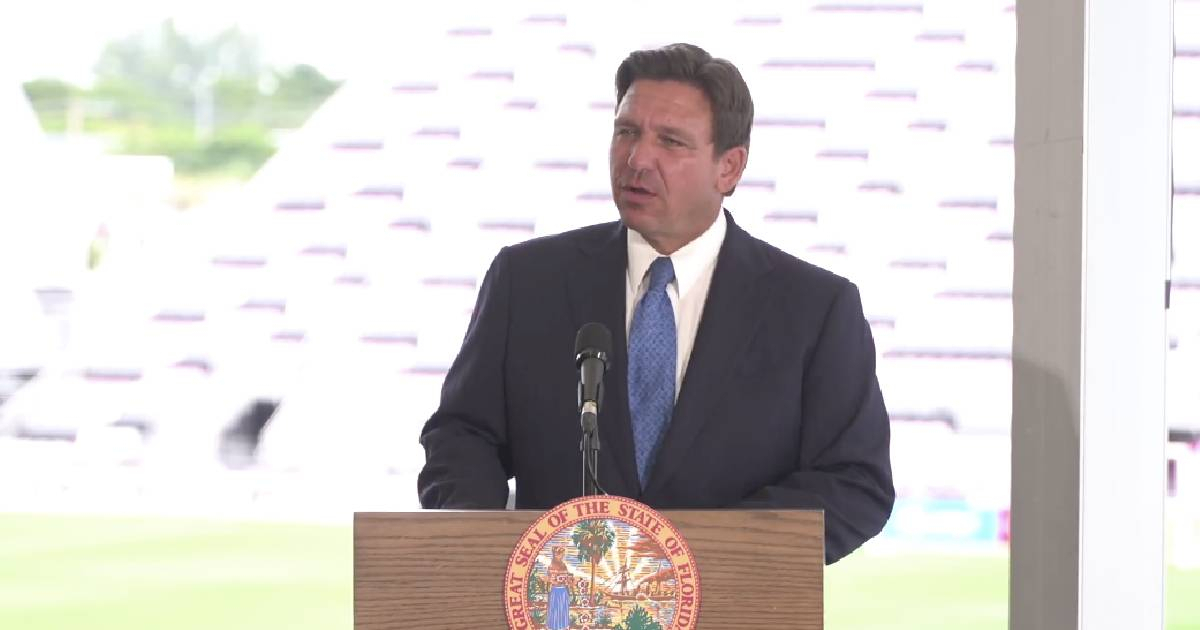The recent proposal by Florida Governor Ron DeSantis to build golf courses, hotels, and pickleball courts in state parks has ignited a heated debate among various American stakeholders. The administration's plans have faced harsh criticism from environmental groups, who warn about the negative impact on ecosystems that host endemic and threatened species.
The Florida Department of Environmental Protection announced on Sunday the cancellation of one of these projects, which included the construction of a golf course in Jonathan Dickinson State Park, located in Martin County on the state's east coast. This withdrawal marks the first victory for opponents, although eight other similar proposals are still under review.
Erika Zambello, spokesperson for Audubon Florida, the state's most influential conservation organization, expressed total rejection of all the proposed initiatives. According to EFE, Zambello stated, "Destroying 1,000 acres of critical habitat for species like the Florida scrub-jay and gopher tortoises is the opposite of what state parks stand for."
Jonathan Dickinson State Park, identified by Audubon Florida as a vital refuge for the Florida scrub-jay—a threatened species found nowhere else in the world—was at the center of the proposal spearheaded by the Tuskegee Dunes Foundation. However, social pressure forced the foundation to withdraw, stating in a communiqué, "We did not understand the local community's perspective and appreciate the clarity. We will not proceed with construction in the beloved Jonathan Dickinson State Park."
The other proposals include developments in state parks such as Topsail Hill Preserve, Grayton Beach, Camp Helen, Honeymoon Island, Hillsborough River, Oleta River, Dr. Von Mizell-Eula Johnson, and Anastasia. Environmentalists argue that these areas are crucial for preserving essential habitats and maintaining biodiversity, in addition to protecting communities from wildfires, floods, and harmful algal blooms.
This controversial plan has highlighted the tension between economic development and environmental conservation in Florida, a state struggling to maintain its fragile ecological balance amid growing interest in tourist infrastructure projects.
Environmental Impact of State Park Developments in Florida
The proposal by Governor Ron DeSantis to develop state parks has raised several questions and concerns. Here are some frequently asked questions and their answers regarding the environmental impact and opposition to these projects:
Why are environmental groups opposed to the development of state parks in Florida?
Environmental groups argue that developing state parks will destroy critical habitats for endemic and threatened species, undermine biodiversity, and increase the risk of wildfires, floods, and harmful algal blooms.
Which state parks are affected by Governor DeSantis' proposal?
The proposal targets several state parks, including Jonathan Dickinson State Park, Topsail Hill Preserve, Grayton Beach, Camp Helen, Honeymoon Island, Hillsborough River, Oleta River, Dr. Von Mizell-Eula Johnson, and Anastasia.
What was the outcome of the proposed golf course in Jonathan Dickinson State Park?
Due to social pressure and opposition from environmental groups, the Tuskegee Dunes Foundation withdrew its proposal to construct a golf course in Jonathan Dickinson State Park.
How does this controversy reflect broader challenges in Florida?
The controversy underscores the ongoing tension between economic development and environmental conservation in Florida, a state that seeks to balance its ecological integrity with the pressures of increasing tourism and infrastructure projects.
